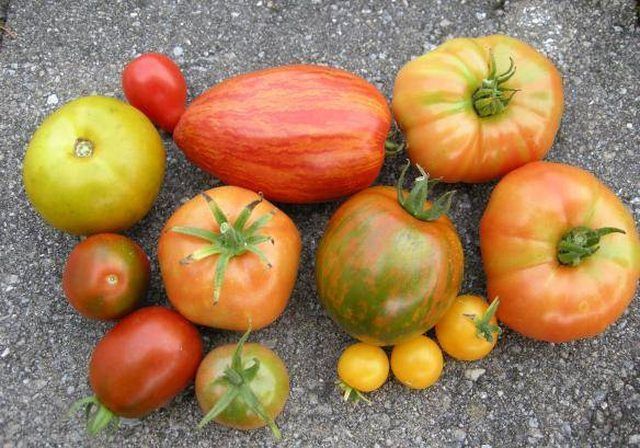Bulbs
Flower Basics
Flower Beds & Specialty Gardens
Flower Garden
Garden Furniture
Garden Gnomes
Garden Seeds
Garden Sheds
Garden Statues
Garden Tools & Supplies
Gardening Basics
Green & Organic
Groundcovers & Vines
Growing Annuals
Growing Basil
Growing Beans
Growing Berries
Growing Blueberries
Growing Cactus
Growing Corn
Growing Cotton
Growing Edibles
Growing Flowers
Growing Garlic
Growing Grapes
Growing Grass
Growing Herbs
Growing Jasmine
Growing Mint
Growing Mushrooms
Orchids
Growing Peanuts
Growing Perennials
Growing Plants
Growing Rosemary
Growing Roses
Growing Strawberries
Growing Sunflowers
Growing Thyme
Growing Tomatoes
Growing Tulips
Growing Vegetables
Herb Basics
Herb Garden
Indoor Growing
Landscaping Basics
Landscaping Patios
Landscaping Plants
Landscaping Shrubs
Landscaping Trees
Landscaping Walks & Pathways
Lawn Basics
Lawn Maintenance
Lawn Mowers
Lawn Ornaments
Lawn Planting
Lawn Tools
Outdoor Growing
Overall Landscape Planning
Pests, Weeds & Problems
Plant Basics
Rock Garden
Rose Garden
Shrubs
Soil
Specialty Gardens
Trees
Vegetable Garden
Yard Maintenance
How to Dry Tomato Seeds
How to Dry Tomato Seeds. Saving your own tomato seeds at the end of the growing season not only preserves open pollinated and heirloom varieties, but it can also save you money, since you won't have to buy new seeds the following season. Seed saving is a fairly straightforward, easy process that only requires a couple of staple items and a few...

Saving your own tomato seeds at the end of the growing season not only preserves open pollinated and heirloom varieties, but it can also save you money, since you won't have to buy new seeds the following season. Seed saving is a fairly straightforward, easy process that only requires a couple of staple items and a few minutes per day of your time.
Things You'll Need
Wide-mouth glass jar, clear plastic bucket or pail
Knife
Wooden spoon or stick
Wire mesh strainer
Paper plates
Small, resealable plastic bags
Permanent marker
How to Dry Tomato Seeds
Ensure that the tomatoes you want to save the seeds from are either open pollinated or heirloom varieties. It is possible to save seeds from hybrid tomatoes, but the seeds you save from those will not grow true to type and may look and taste different than the original tomatoes. Limit your seed-saving activities to tomatoes that you know will be the same the following season. If you are unsure if a tomato is a hybrid, look up the variety in your seed catalog or online. Hybrids are almost always denoted with an "F1" after the name.
Select a cool, dry place where you can prepare your seeds for the seed-saving process. Many people choose a garage, shed or other area directly outside the home that is protected from the rain and external elements. If you have limited outdoor space or wish to work indoors, use a plastic tub with a lid to help prevent odors from the fermentation process.
Select the tomatoes you would like to save the seeds from. Choose the best looking and healthiest specimens, instead of using the first ripe tomato of the season. This ensures you've selected the finest fruits with the best genetic makeup. Cut a tomato open and squeeze the pulp and seeds into a bucket, glass jar or pail of water. Stir the water gently and set the container aside overnight. Stir the contents lightly a few times a day for 2 to 4 days. Depending on your climate, this process, known as fermentation, may take less or more time. You know it's complete when the gel surrounding the seeds separates, leaving the viable seeds at the bottom of the container. Seeds that are not viable float to the top.
Discard the seeds at the top of the water, along with pulp. The mixture has a mild odor, so drain it outdoors. Pour the water and remaining seeds through a wire mesh strainer, and rinse the seeds with fresh water to clean them off and remove any excess pulp. Place the seeds onto a paper plate. Leave them in a warm, sunny location for a few days so they can dry completely.
Write the name of the tomato variety on a small, resealable plastic bag with a permanent marker, and write the year on the bag. Once the seeds are completely dry, place them into the bag and seal the top, removing air pockets so that the bag lies flat when closed. Store the seeds in a cool, dry place. Your seeds will remain viable for quite some time, normally at least 7 to 10 years, though germination rates begin to decline with age.